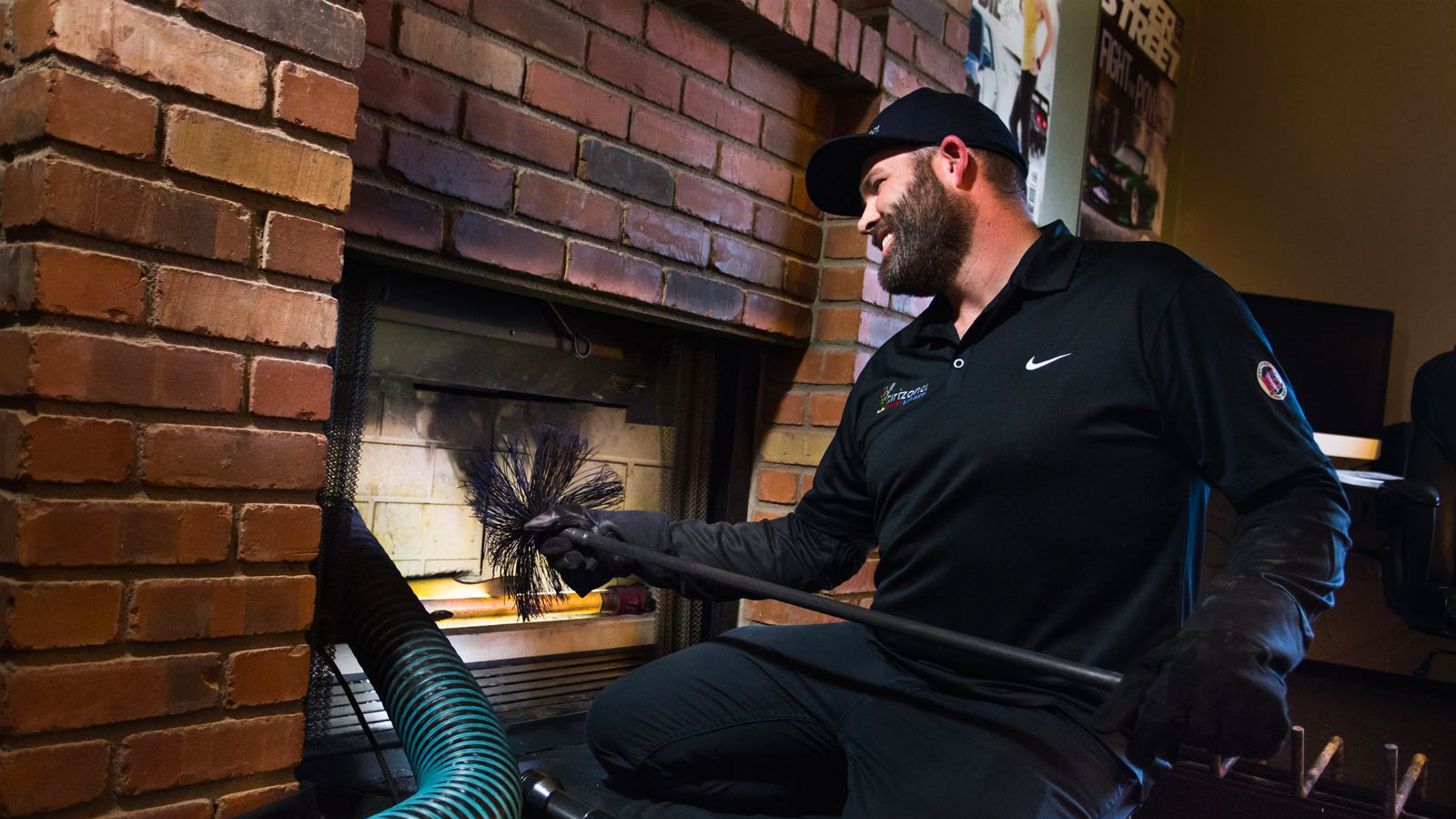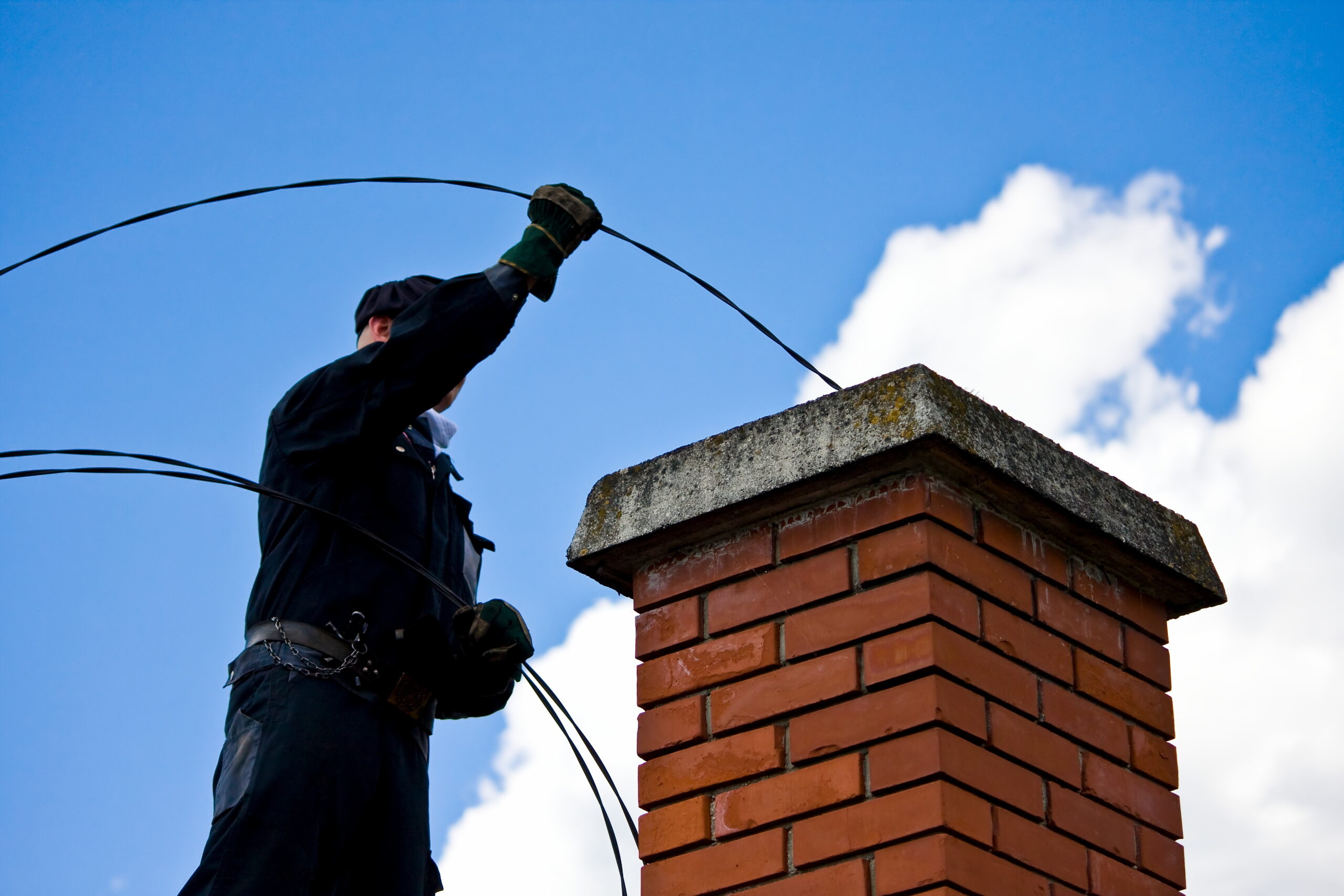Understanding the Art of Chimney Maintenance San Jose: Expert Recommendations and Techniques
Understanding the Art of Chimney Maintenance San Jose: Expert Recommendations and Techniques
Blog Article
Professional Tips for Effective Chimney Upkeep You Need to Know
Smokeshafts serve as important elements in numerous homes, supplying warmth and convenience. From the significance of normal examinations to risk-free operational methods, a detailed approach to chimney maintenance is necessary.
Importance of Regular Examinations
Normal examinations of smokeshafts are crucial for guaranteeing their safety and security and performance. Chimneys play an important duty in venting out dangerous gases and maintaining correct air flow in a home. With time, creosote build-up, particles, and architectural damages can happen within the smokeshaft, presenting significant threats such as smokeshaft fires or carbon monoxide gas leaks.
Throughout a chimney assessment, trained specialists assess the problem of the smokeshaft, trying to find any indicators of damages, blockages, or degeneration. They also check the stability of the flue, chimney liner, and smokeshaft cap to make certain every little thing remains in proper working order. By identifying and dealing with issues early, costly repair work or potential dangers can be stayed clear of.
Routine evaluations not only help in keeping the safety of the chimney yet also add to its general effectiveness. A properly maintained and tidy chimney operates better, ensuring correct ventilation and decreasing the risk of interior air pollution. As a result, organizing annual smokeshaft evaluations is a proactive measure that house owners can take to secure their residential or commercial property and loved ones.
Cleaning Techniques and Frequency
Preserving the safety and performance of a chimney involves not just routine evaluations however likewise executing suitable cleaning methods and determining the optimum frequency for cleansing. Smokeshafts need to be cleaned by a specialist chimney sweeper at the very least yearly, also if they are not regularly made use of. If the smokeshaft is utilized routinely, particularly with wood-burning cooktops or fireplaces, it may call for even more regular cleansings to protect against the buildup of creosote, a highly combustible material that can lead to smokeshaft fires.
Homeowners ought to never ever neglect chimney cleaning, as it is vital for keeping a safe and functional chimney system. Regular cleanings not only decrease the danger of smokeshaft fires however additionally improve the chimney's overall performance and durability.
Attending To Chimney Leaks

When attending to chimney leakages, comprehensive examination and timely repair work are essential to stop water damage and maintain the structural that site stability of the chimney. Leaks in a smokeshaft can lead to major issues such as mold and mildew development, deterioration of the smokeshaft structure, and also possible fire risks. To efficiently address chimney leakages, start by checking the chimney cap, crown, blinking, and masonry for any indicators of damages or wear.
Comprehending Creosote Build-Up
To understand the potential dangers of creosote accumulation in smokeshafts, it is important to acknowledge its formation procedure and influence on chimney performance. Creosote is a brown or black tar-like substance that collects inside smokeshaft systems when timber or fossil gas are shed. As smoke rises with the smokeshaft, it cools down and condenses, causing the formation of creosote, which sticks to the chimney walls.

Normal chimney examinations and cleansings by a professional chimney sweep are crucial in protecting against creosote build-up and making certain the safe procedure of your chimney system.
Safe Operation Practices
Executing proper security procedures is vital for the protected and efficient procedure of smokeshaft systems. Constantly ensure that the chimney is click reference skillfully evaluated and cleaned consistently to remove any type of creosote accumulation, which can lead to smokeshaft fires.
Moreover, make certain to only shed skilled wood in your fire place, as damp or green timber can produce more creosote and cause unsafe smokeshaft blockages. Never ever leave a fire unattended and constantly make sure the fire is completely extinguished before going to bed or leaving the house. By complying with these secure operation practices, you can enjoy a warm and cozy fire while making sure the safety of your home and liked ones.
Conclusion
In final thought, preserving your smokeshaft is vital for guaranteeing its safety and security and effectiveness. Regular examinations, correct cleansing methods, resolving leaks, taking care of creosote accumulation, and complying with safe procedure practices are key facets of smokeshaft maintenance.
Over time, creosote buildup, particles, and architectural damages can happen within the chimney, posturing serious threats such as chimney fires or carbon monoxide leaks.
If the smokeshaft is utilized on a regular basis, especially with wood-burning cooktops or fire places, it might need even more constant cleansings to stop the accumulation of creosote, a very flammable substance that can lead to chimney fires. (Chimney Maintenance San Jose)
To understand the potential dangers of creosote accumulation in smokeshafts, it is necessary to recognize its formation process and impact on smokeshaft performance. As smoke rises via the chimney, it condenses and cools down, leading to the formation of creosote, which sticks to the smokeshaft wall surfaces.
Always guarantee that the smokeshaft is professionally checked and cleaned up frequently to eliminate any type of creosote buildup, which can lead to chimney fires.
Report this page